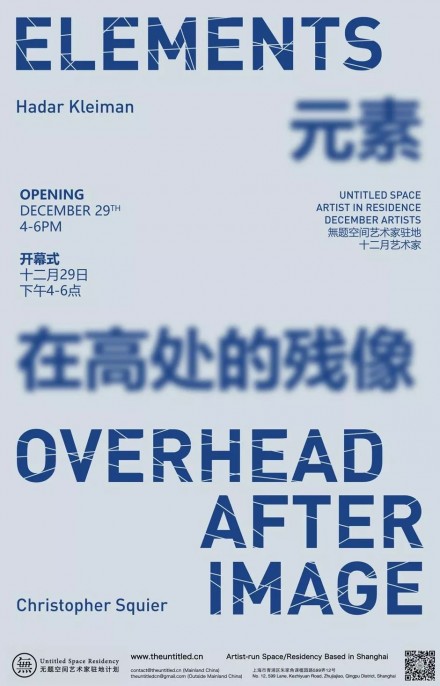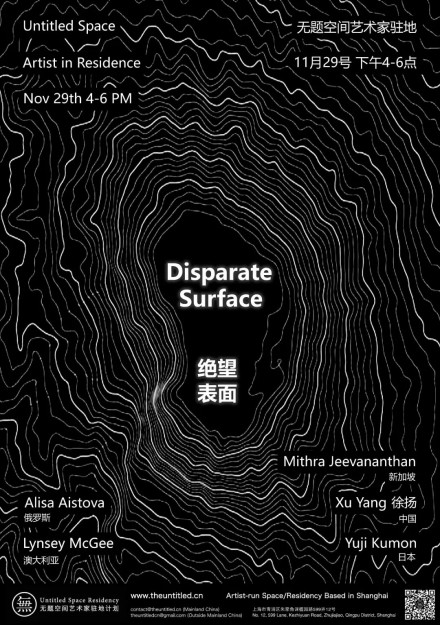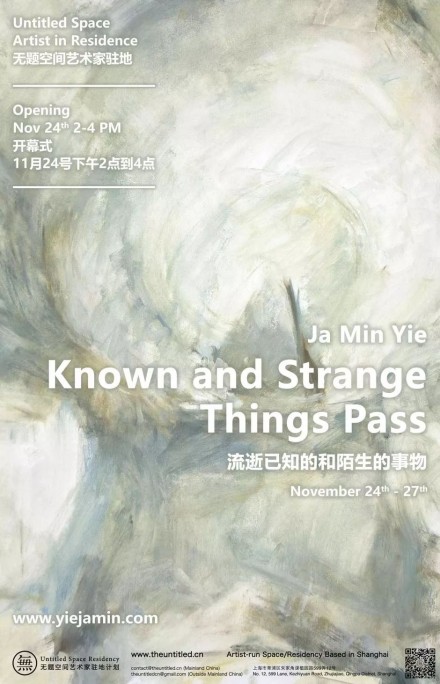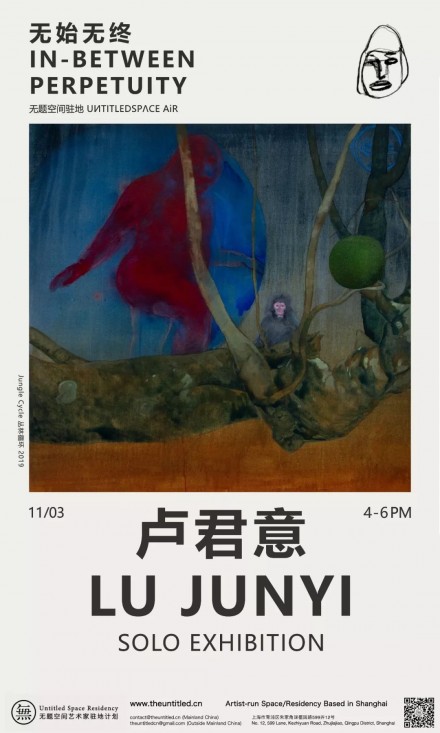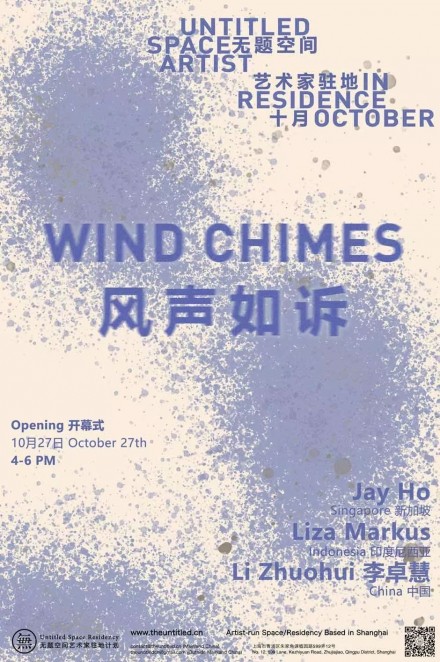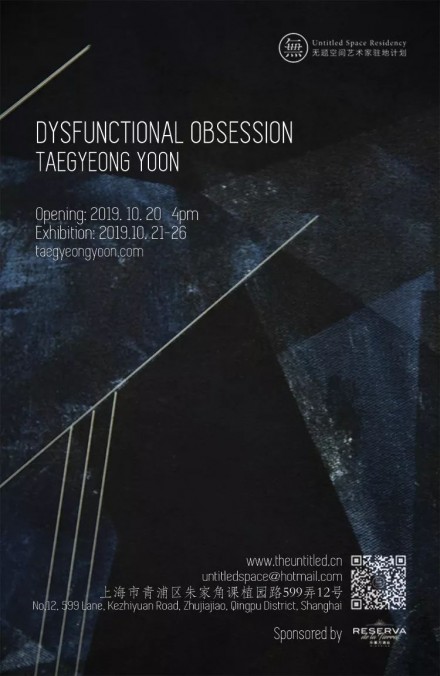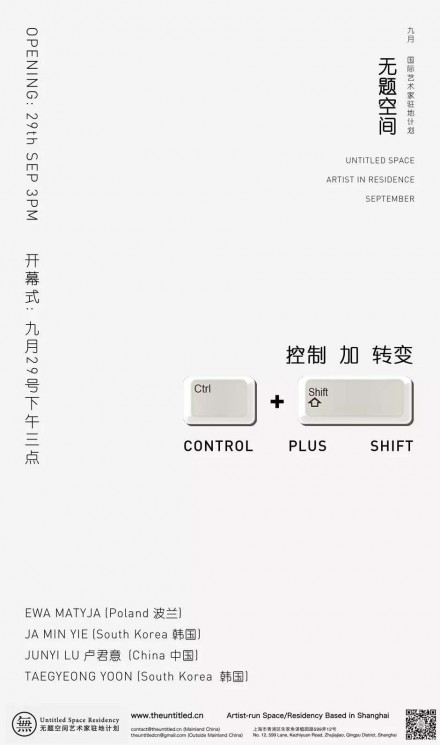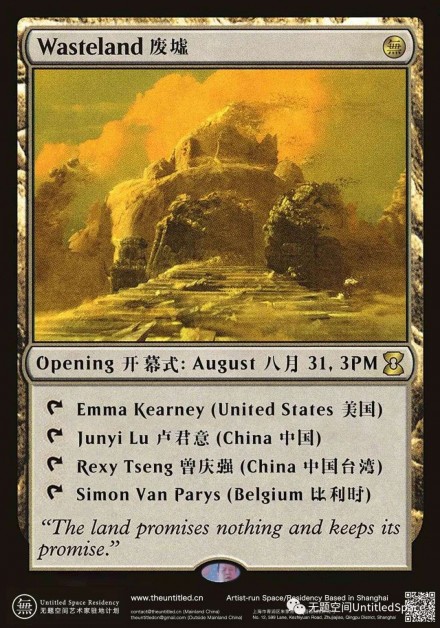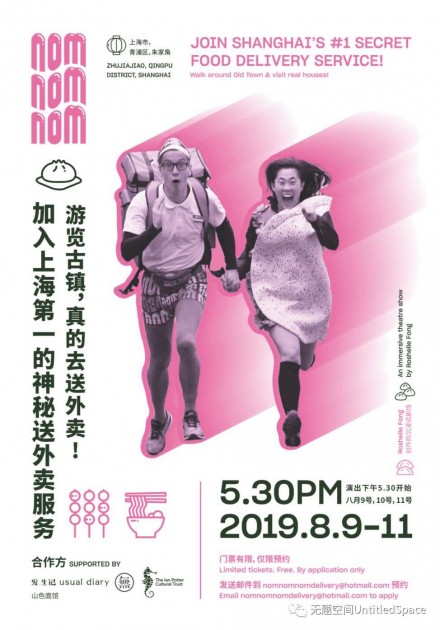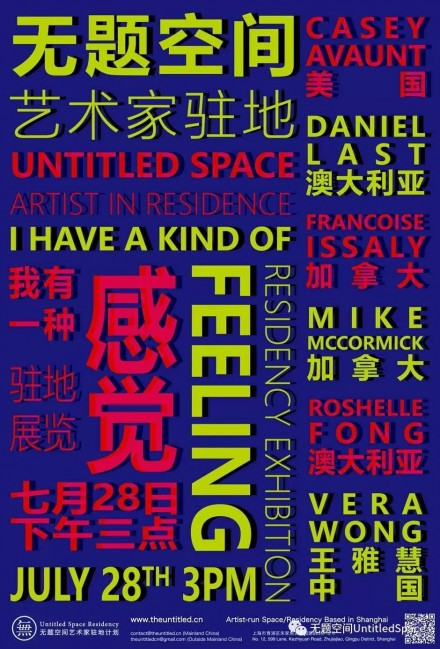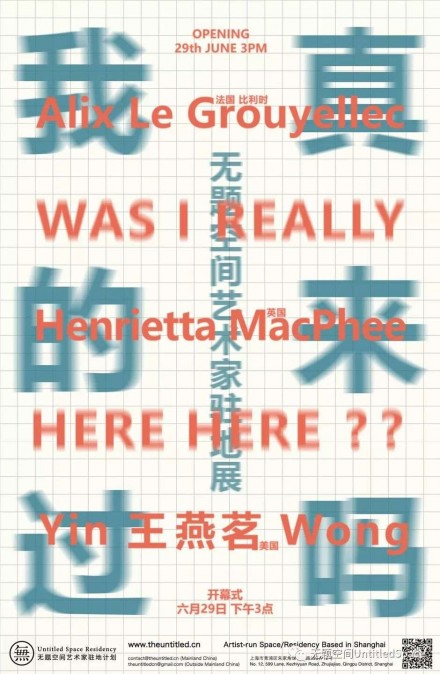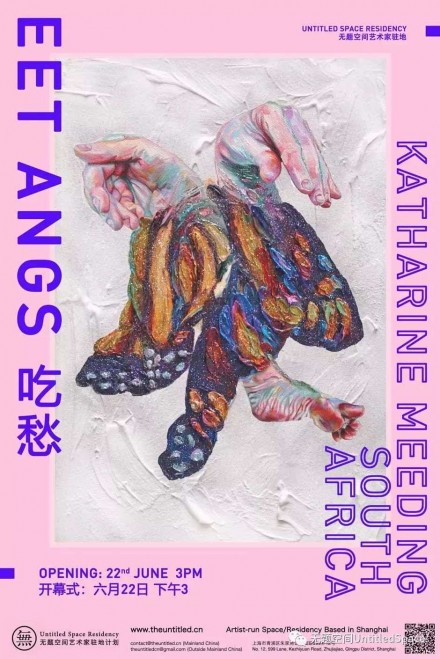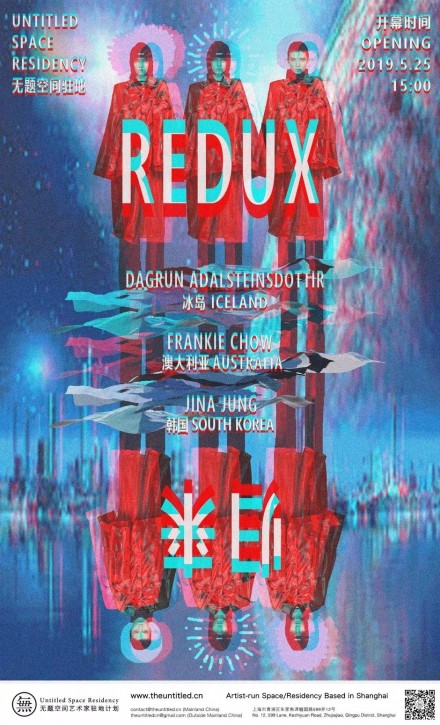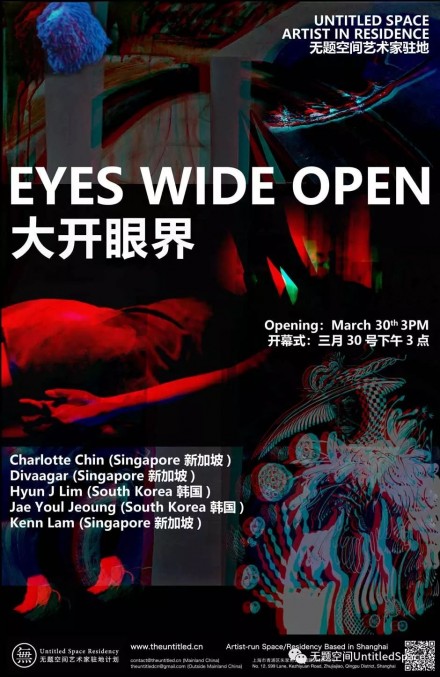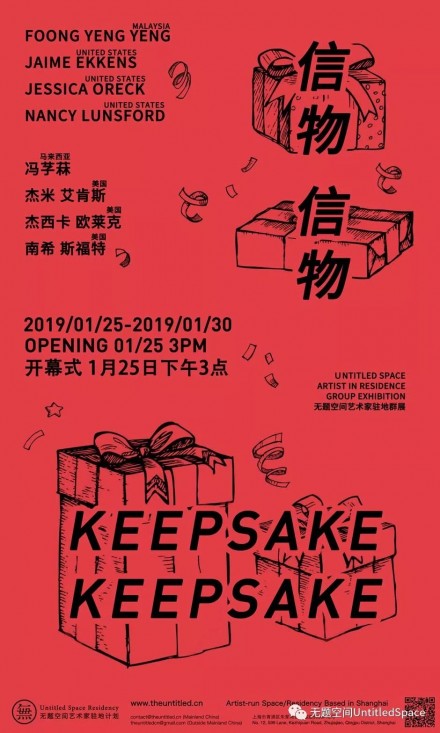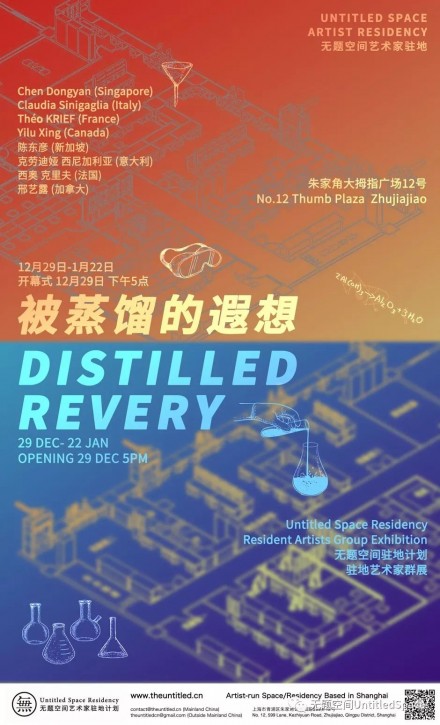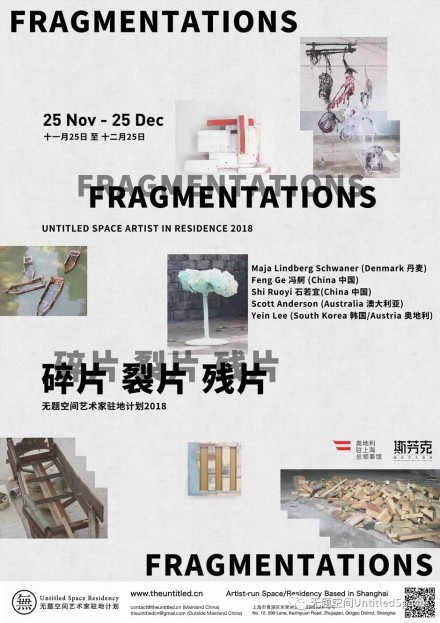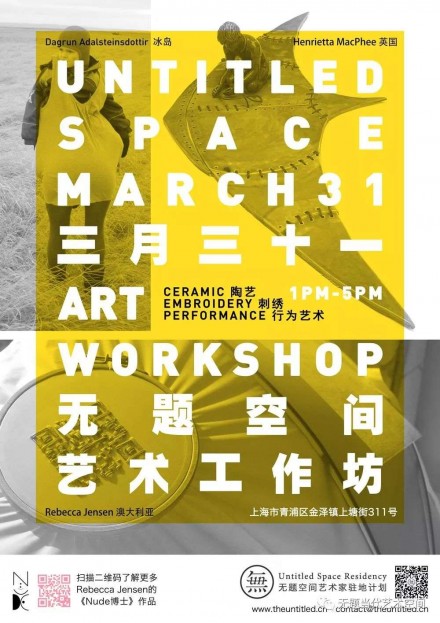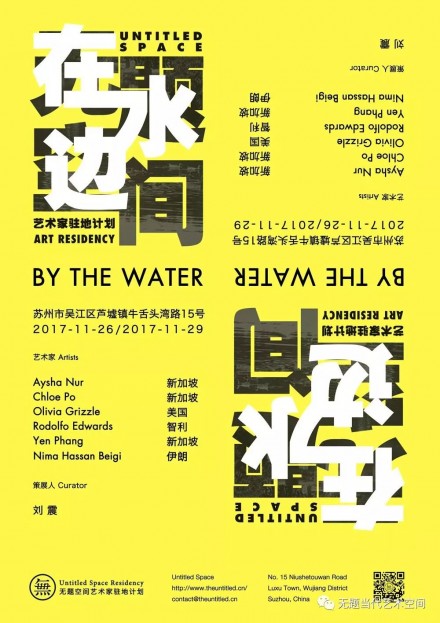路往心境 Path to the Inner Landscapes Jaume Ribalta
无题空间 本月新展
路往心境
Jaume Ribalta 个展
开幕式:8月29日下午4点
UИTITLEDSPΛCE Upcoming exhibition
Path to the Inner Landscapes
Jaume Ribalta solo exhibition
Opening: August 29th, 4 PM
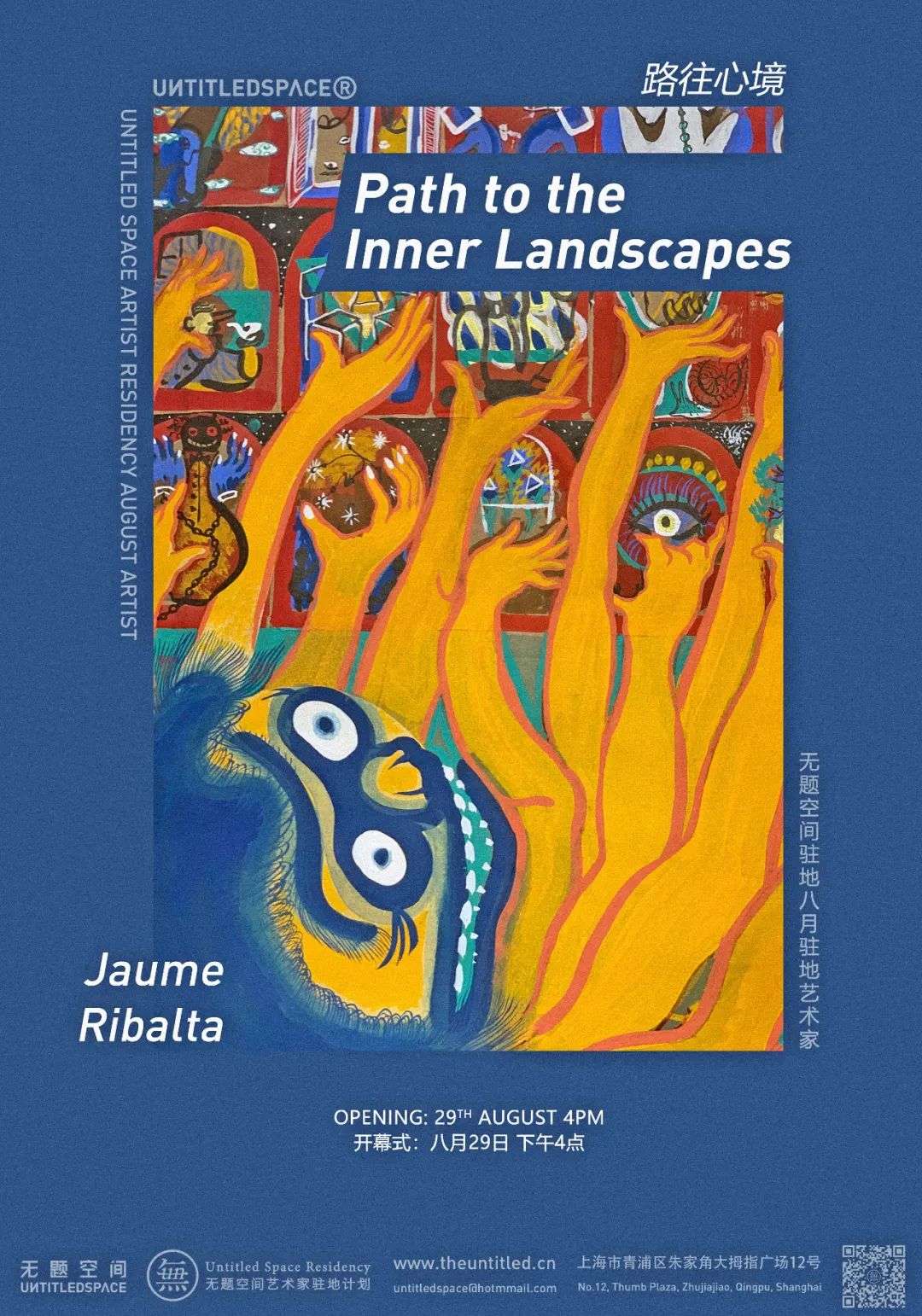
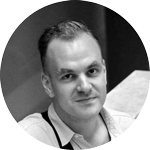
Jaume Ribalta(西班牙,1992年生),艺术家和艺术教育工作者,毕业于巴塞罗那自治大学(UAB)的艺术与设计专业-埃斯科拉·马萨纳(Escola Massana),是国际视觉艺术家协会(IAVA)的成员,曾在西班牙和中国艺术学校和教育中心开展过各种艺术项目。在绘画和插图方面的丰富经验,曾在摩洛哥索维拉当代艺术中心(CAC)的研究项目获得奖学金支持 ,以及在西班牙Urgell博物馆等,举办过众多艺术展览。自2019年以来,他在中国宜兴和景德镇等的不同传统陶艺地区,从事着与陶瓷绘画研究相关的不同项目,并且他继续秉承自己的理念和对艺术在教育中的变革力量的信念,一直从事着艺术教师的工作。
Jaume Ribalta (Spain 1992) artist and art educator and graduate in Art and Design by Autonomous University of Barcelona (UAB) –Escola Massana, is member of IAVA (International Association of Visual Artists), he has carried out different artistic projects in art schools and educational centers in his country and in China. His extensive experience in painting and illustration has earned him a scholarship for the development of a project at the Center for Contemporary Art (CAC) in Essaouira, Morocco, and numerous exhibitions like in the Urgell Regional Museum, Spain. Since 2019 he is working on different projects related to ceramic painting research in different ceramic traditional locations in China as it is Yixing or Jingdezhen, while he keeps working as a teacher, following his philosophy and belief of the transformative power of art in education.
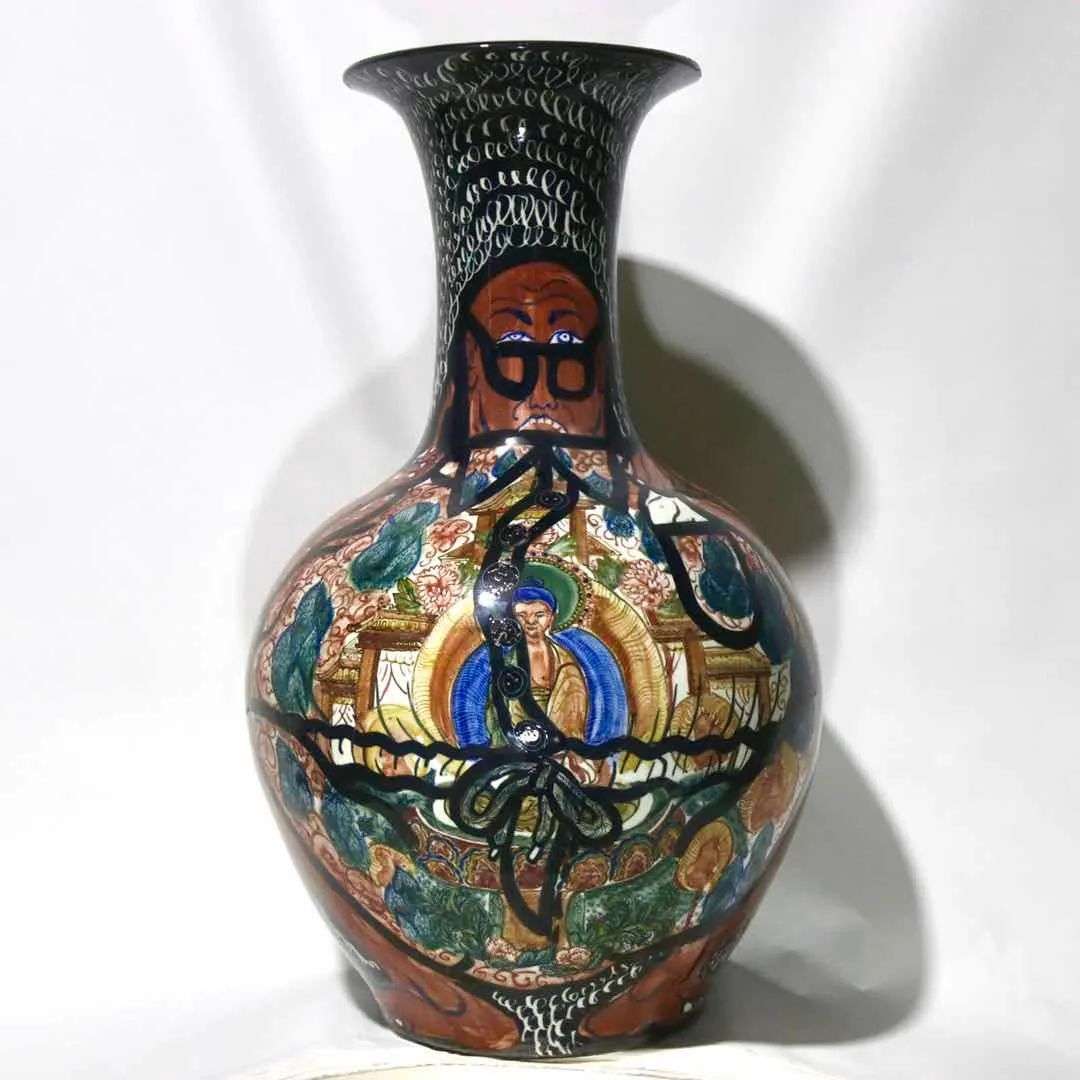
前往起始的朝圣
PILGRIMAGE TO THE ORIGIN
Jaume Ribalta跟随着指示他前往终点的星星。 是我认识不多的有这种决策能力的年轻人,犹如魁星手中的画笔。 就像这位道家的神灵,他举起手臂握着大刷子,天空中的星星照亮了他的脚步。 我在他的第一批作品中看到了标志的出现方式,他的素描和陶瓷艺术如何引导他寻找起源,在2016年,这是一次朝圣之旅,让他得以接触中国文化的起源。
Jaume Ribalta has followed the star that indicated his destination. I know a few young people with such decision-making capacity. I would say that he puts his hand and KuiXing puts everything else. It is as if this Taoist divinity who holds a large brush with his arm raised, that star in the sky illuminates his steps. I see in his first works how the signs appear, in his drawings and in the ceramic art that will lead him to the search for the origin, a pilgrimage that, in 2016, allowed him to access the sources of Chinese culture.
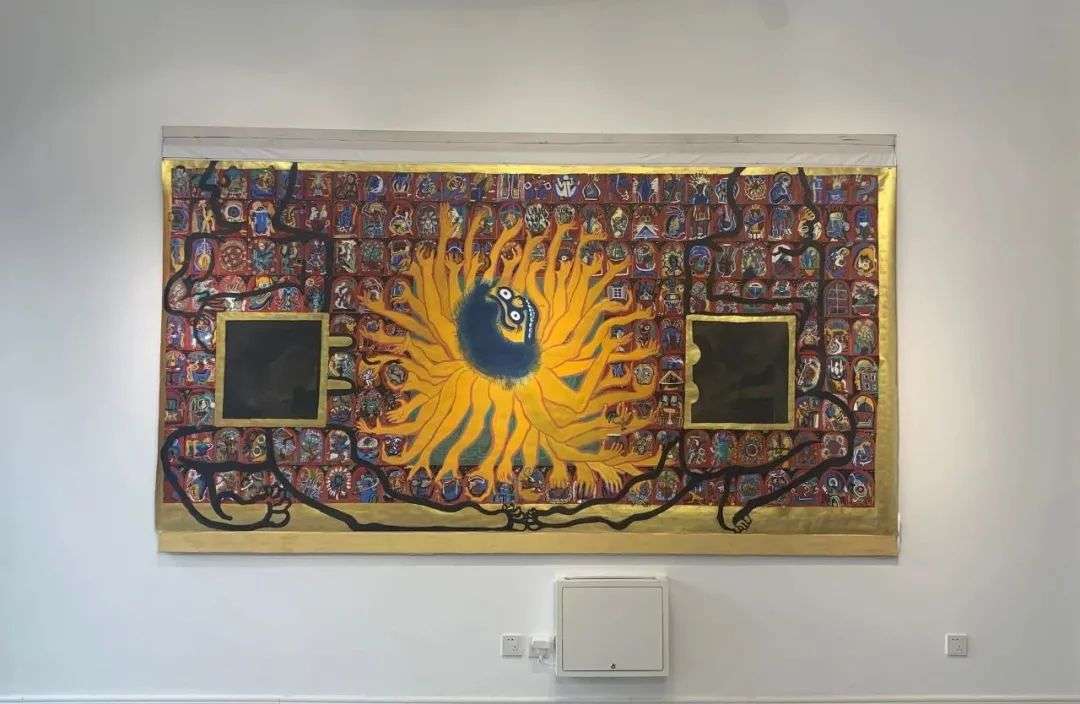
笔划
Strokes
在较早画作中,黑白之间的对比以及在白色瓷器上使用强烈的轮廓线条有着清晰的思考,在色调上的对比基于,传统书法艺术的在当下实践。
In older drawings, there is already a clear concern for the contrast between black and white and the use of strong contours on white porcelain, the same contrast in tone on which the noble art of calligraphy that is currently practiced is based.
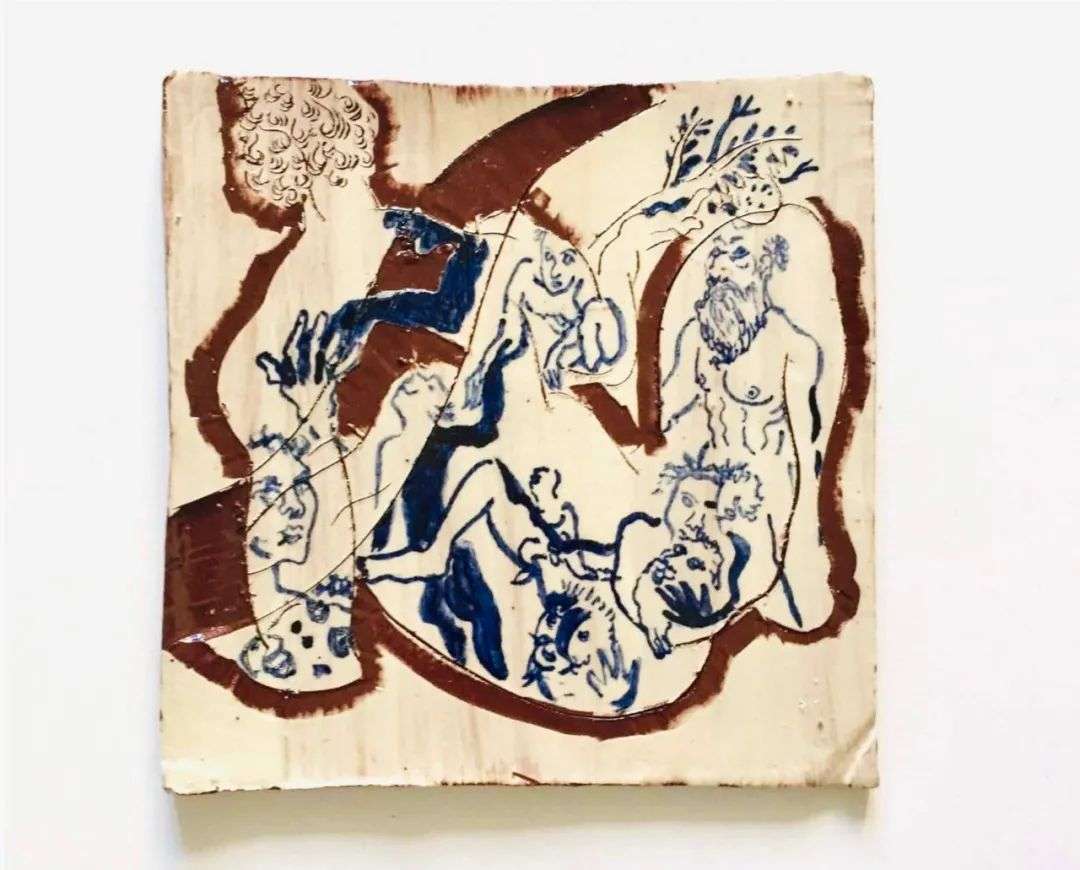
《Calamus》是Jaume Ribalta为致敬Walt Whitman的《身体和灵魂》而创作的32件白色瓷片和红色陶瓷系列作品。这显然暗示了诗人的诗句:“我是身体的诗人,我是灵魂的诗人,天堂的喜悦与我同在,地狱的折磨也在其中。”但是,我想强调的是Calamus是无论是用毛笔还是用芦苇等作为书法艺术基础的书写和绘画工具的名称,对材料的使用,包括对其进行加工所必需的工具,都具有非常强大的象征意义,这就是为什么他们被视为珍宝并受到崇敬的原因。在希腊神话中,一条河边的干芦苇“calamus”就发生了,这在希腊神话中让人回想起一段关于爱情和痛苦的故事。两人比赛看看谁能游泳得最快,但是卡尔波斯(Karpos)淹死了。卡拉莫斯(Kalamos)痛苦地干枯死了,变成了河边的芦苇丛,从埃及文士的手到当代艺术家的手。
Jaume Ribalta gives the name “Calamus” to the series of 32 pieces of white slip and red ceramic dedicated to Walt Whitman: Body and Soul. This clearly alludes to the poet’s verses: “I am the poet of the Body and I am the poet of the Soul, the joys of heaven are with me and the torments of hell too”. However, I want to emphasize that calamus is the name of a tool for writing and drawing that are the foundations of the art of calligraphy, whether with a brush or a reed, as the Arabs do. The use of materials, including the instruments necessary to work them, contain a very powerful symbolic charge, that is why they are considered treasures and reverence is paid to them. That happens with the “calamus” a dry reed next to the bank of a river that in Greek mythology, recalls a story of love and pain. Kalamos and Karpos competed to see who could swim the fastest, but Karpos drowned. Kalamos dried up in pain, turning into a reed by the river’s edge. From the hands of the Egyptian scribes to the hands of a contemporary artist.
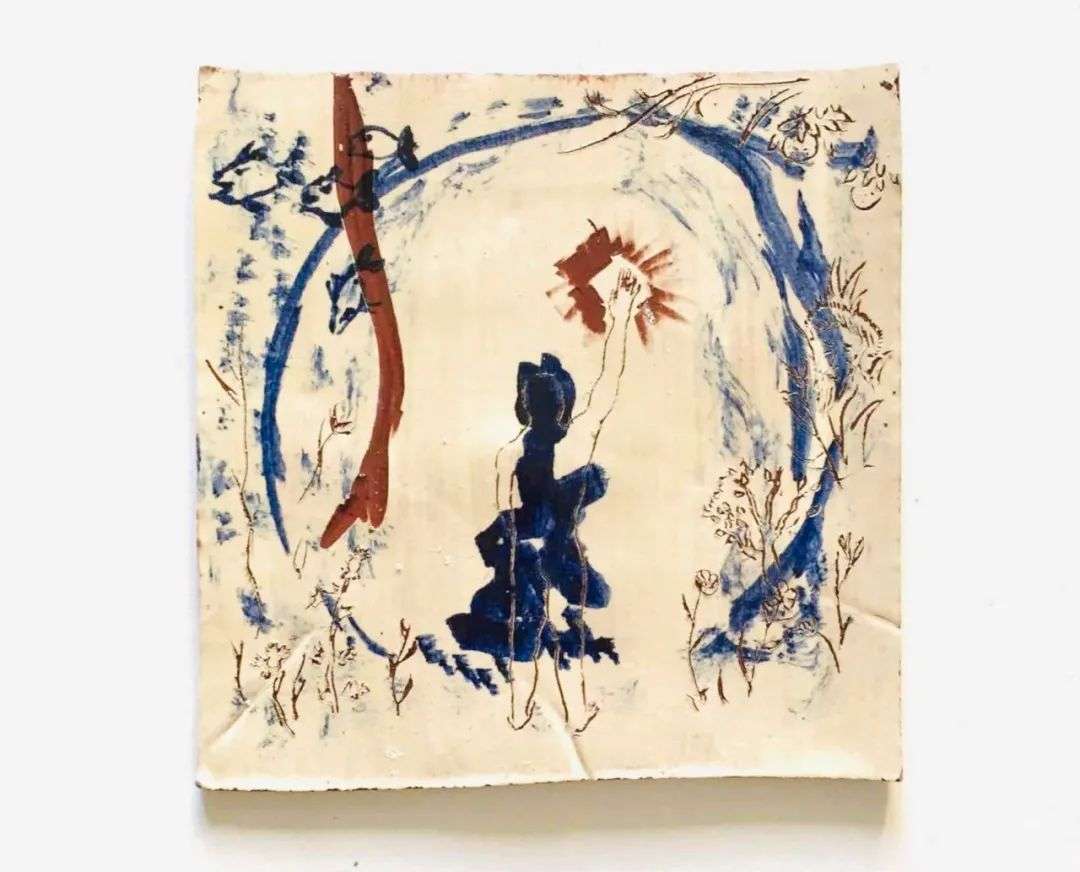
钴蓝色
Cobalt blue
在《Calamus》系列作品中,钴蓝色的出现可能是由于颜色的力量和强度,这位年轻艺术家迫切需要寻找这种光度的起源,这是一种不可避免的冲动,迫使他前往瓷器的中心-景德镇,寻找那古老艺术的秘密。在他出国旅行之前的作品中,已经用这种颜色的线条绘制了素描,但是在《那可能是我》中,一张蓝色的脸表明了个人参与的特征。 他的所有作品都被那个标题和那强烈的色彩所揭示。
In Calamus the use of cobalt blue appears, perhaps due to the strength, the intensity of that color, this young artist has the urgent need to seek the origin of that luminosity, an inevitable impulse that forced him to travel to the porcelain center, there, in Jingdezhen, begins in the secrets of that ancient art. In works prior to his trip to the origin, drawings made with lines of this color already appeared, but it is in “That could be me” that a bluish face suggests the character of personal involvement. All his work is revealed with that title and that intense color.
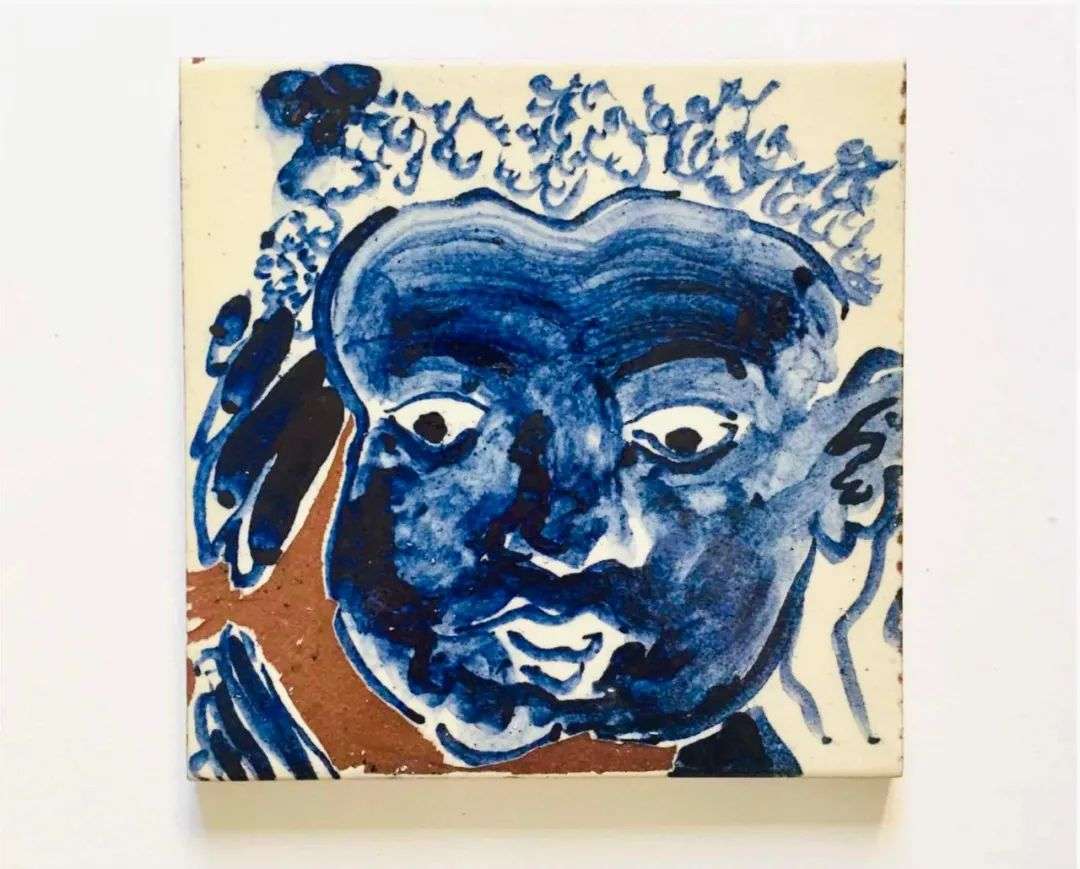
山水
The River and the Mountains
Jaume Ribalta经历了一段迷人的旅程,他所做的是走到了源头去重新认识它们。 沿漓江直达源头,周围环绕着桂林山。 水的柔软和溶解力侵蚀了这些喀斯特山脉的形象,使您想到了居住在山峰上的其他神灵。 这些山脉和河流是观察画家的结果,例如石涛,他是单笔和直接笔触的伟大大师,或者郭熙用一千多年前的风景画作和非常有表现力的笔触来平衡风景画。 多亏了中国人的美化,我们知道一条河流或一座山脉,及其现实和存在,都希望传达思想,反思和诗歌。
Jaume Ribalta makes this fascinating journey, going and coming to the sources to renew them, that’s what he does. Go up the Li River to its source, surrounded by the mountains of Guilin. The image of those karstic mountains eroded by the soft and dissolving force of the water makes you think of the other gods that reside on the peaks. These mountains and rivers are the results of the observation of painters such as Shi Tao, the great master of the single and direct brushstroke, or Guo Xi who balanced the pictorial description of the landscape with a very expressive brushstroke more than a thousand years ago. Thanks to Chinese landscaping, we know that a river or a mountain, with its reality and presence, wants to convey thought, reflection, and poetry.
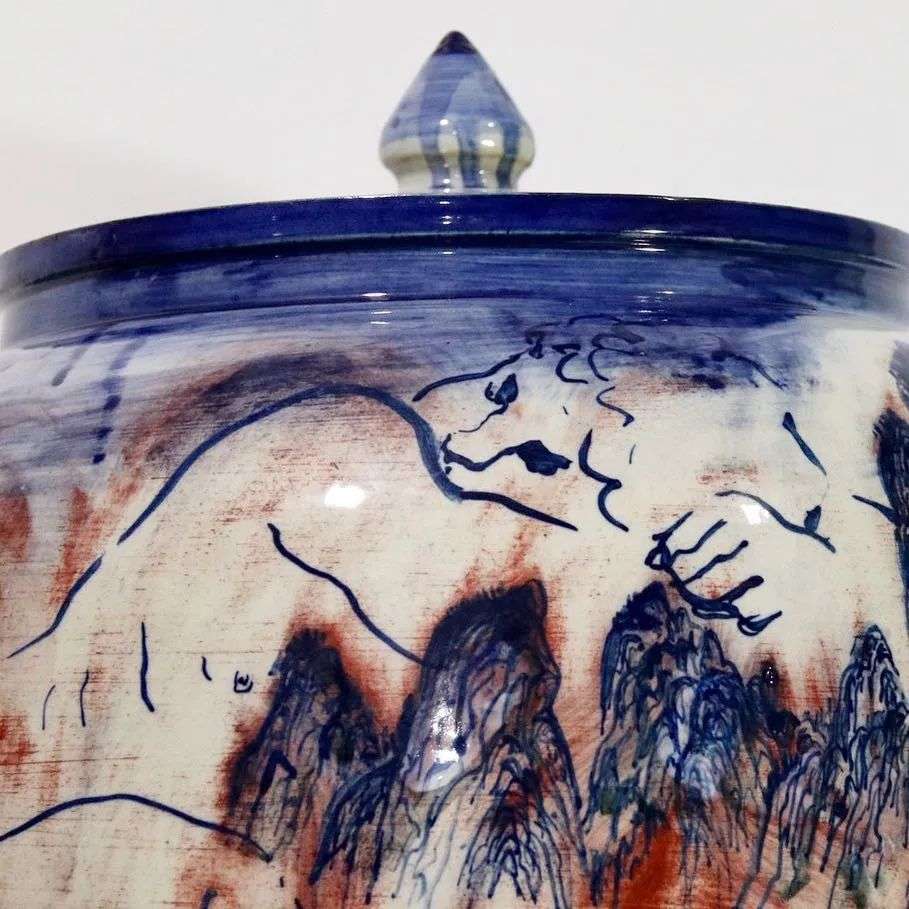
通过社交媒体,我能够实时的,看到这位艺术家的工作方式。Jaume Ribalta展示了他如何绘制大花瓶,以及用他的知识来解决毫无疑问还涉及精神和学习态度的技术问题。 因此,我已经能够看到他是如何结合了整个空间和虚无的,因为他的无意识图像由显微图像,微笔触构成,这也是希望使装饰物成为美学的关键,并占据整个表面。
Through the networks, I have been able to see, live, how this artist works. Jaume Ribalta has shown how he paints large vases and his knowledge to address technical problems that undoubtedly also involve a spiritual and learning attitude. Thus, I have been able to see how he combines the full and the void, as his unconscious iconography made of micrographics, micro brushstrokes, in a desire to make ornament an aesthetic key, occupying the entire surface.
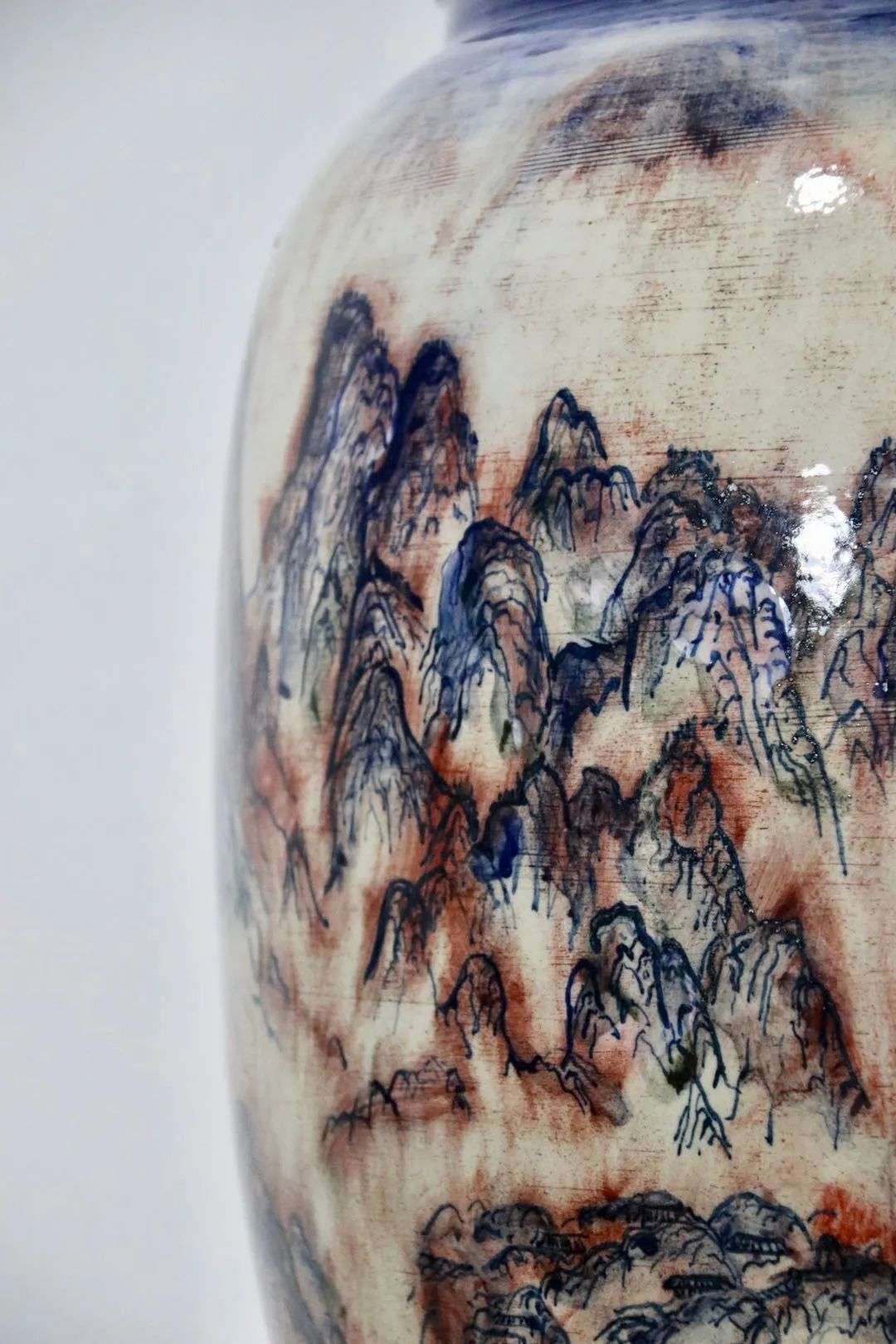
2020年他们的《山水》的纸上画为我们提供了一种新的视角,以了解在疫情下受限制的自然体验。在这种情况下,有自然景观,而不是自然景观。该格式化的圆形,与其来源相关,例如瓷盘或胡正彦的绘画或其他在其作品中使用此种圆形格式,以及其清朝的主题:我们发现了竹子,花朵,石头,鸟类和动物,李子,兰花和水果,大脑,罐头和假面人物。直径为34厘米的圆形画幅和绘画方式遵循传统的美学准则,但是其作品的语境和其中人物是当下的。
The painting on paper of their Shan Shui (Mountain and River), 2020, offer us a new look at that experience of nature during confinement by the pandemic. In this case, instead of natural landscapes, there are interior landscapes. The circularity of the format makes it related to other sources of origin, for example, porcelain plates, or the paintings of Hu Zhengyan (Hu Cheng-yen) or others who use this format in their works, now, together with the themes of the Qing dynasty: bamboo, flowers, stones, birds and animals, plums, orchids and fruits we find technology, brains, cans, and masked characters. The 34 cm diameter circular format and the way of painting follow the aesthetic guidelines of tradition, but the situations and characters are current.
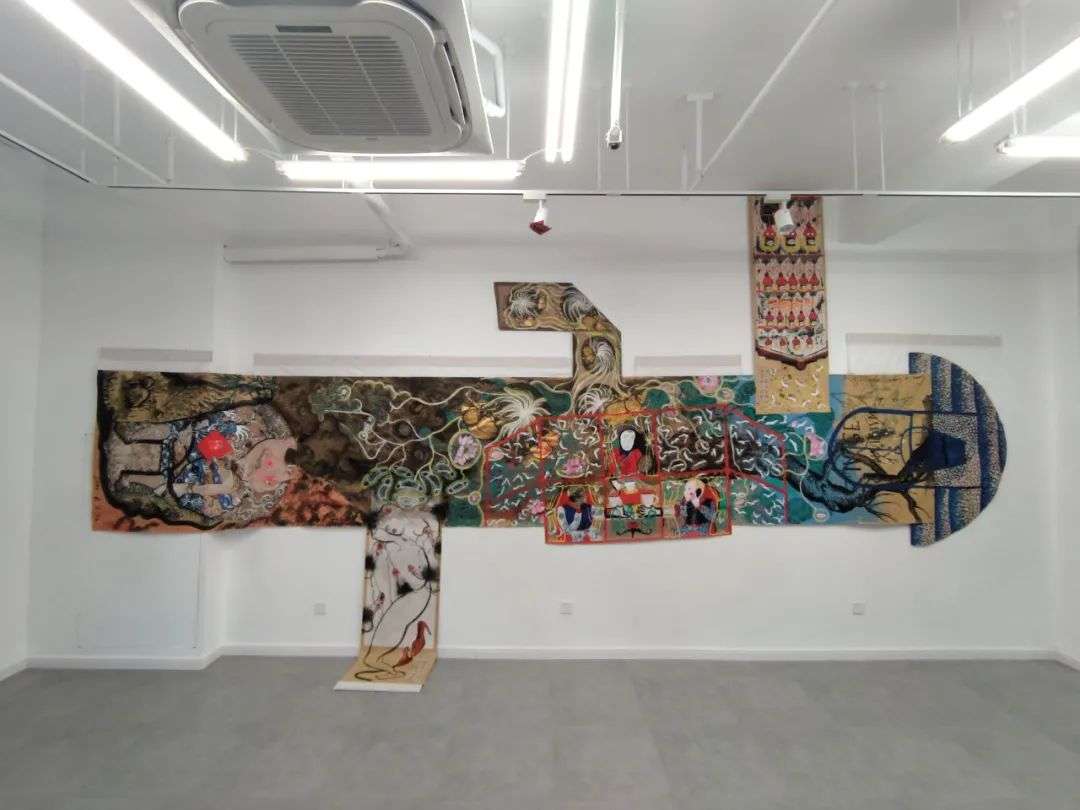
*文章由Jesús Martínez Clará撰写
Jesús Martínez Clarà,巴塞罗那Escola Massana艺术史与理论教授。策展人和艺术评论家,巴塞罗那自治大学当代艺术表现教授,埃伊纳学校教授,拉凯萨基金会文化顾问。巴塞罗那《La Vanguardia de Barcelona》报纸撰稿人和艺术评论家。 也是《灵感与项目之间》的作者。他为艺术家目录撰写了许多文章和演讲。他致力于写作和艺术表现。
*The essay is writen by Jesús Martínez Clará
Jesús Martínez Clarà “JOSHU” Professor of Art History and Theory at the Massana School of Barcelona. Curator and Art Critic, Professor of Contemporary Artistic Manifestations at the Autonomous University of Barcelona, Professor at the Eina School and Cultural Advisor to the Foundation La Caixa. Collaborator and Art Critic of the newspaper La Vanguardia de Barcelona. He is the author of the book; “Between Inspiration and the Project”. He has written numerous articles and presentations for artist catalogs. He dedicated to writing and artistic expression.
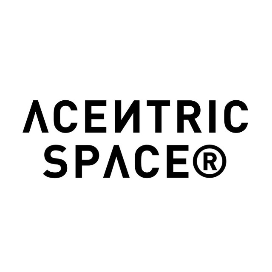
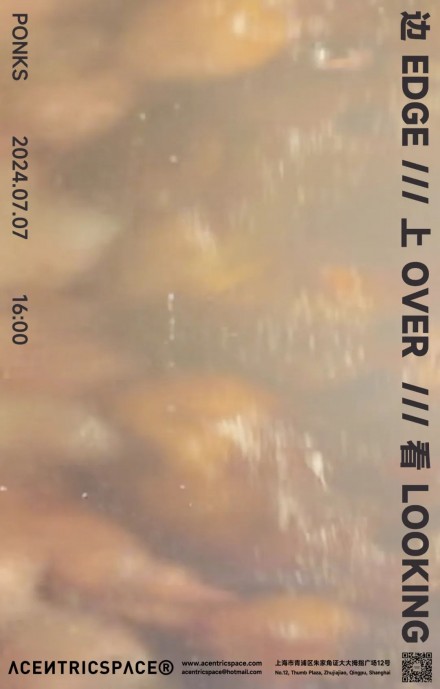
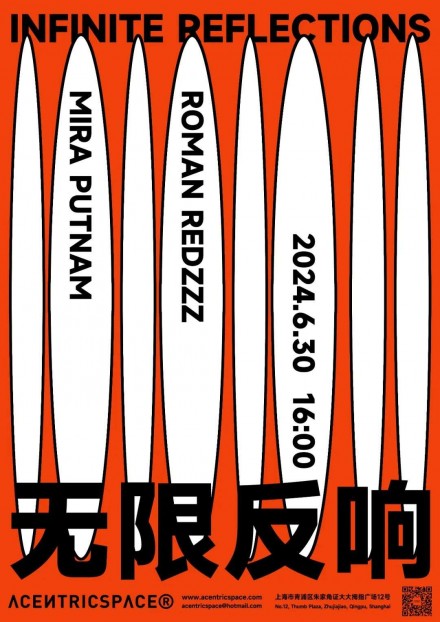
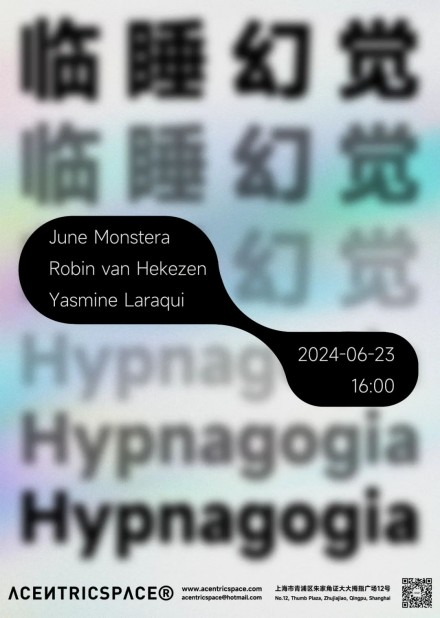
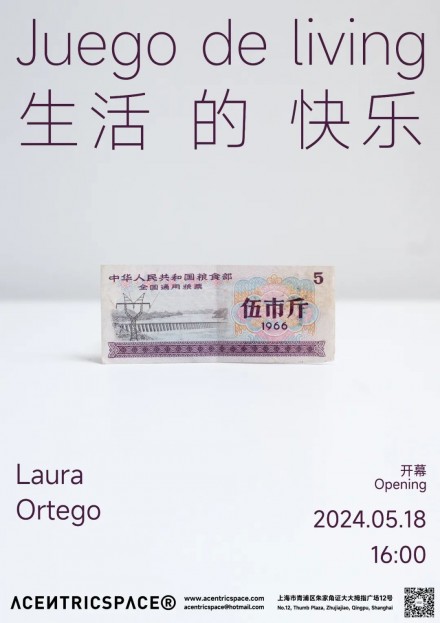
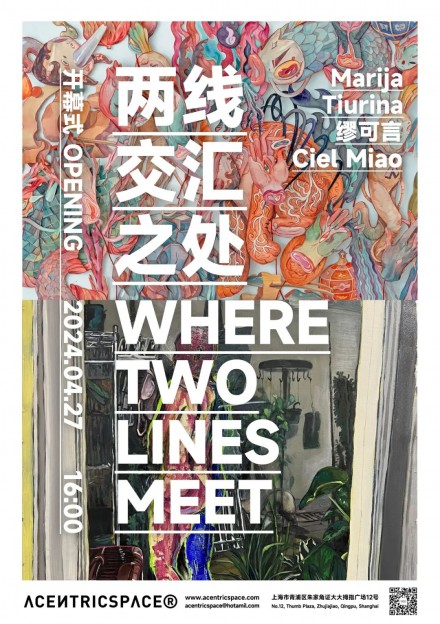
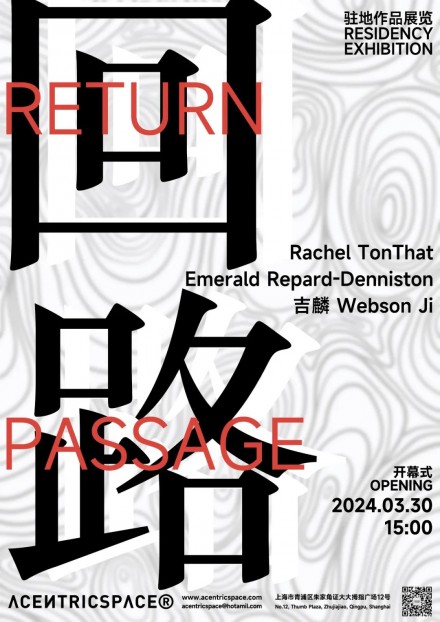
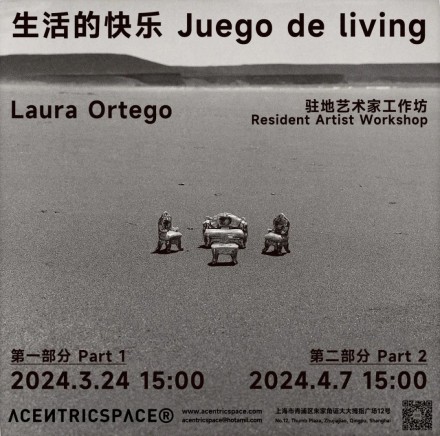
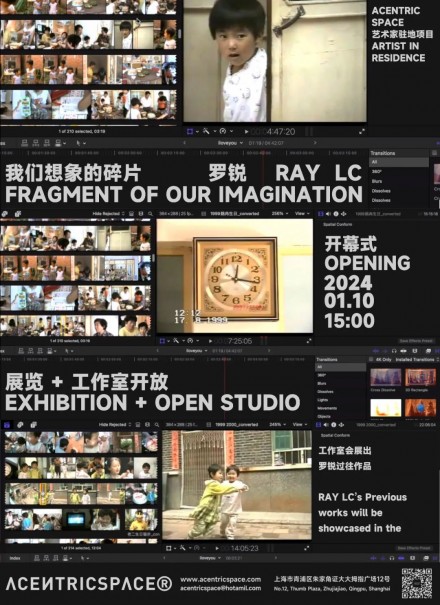
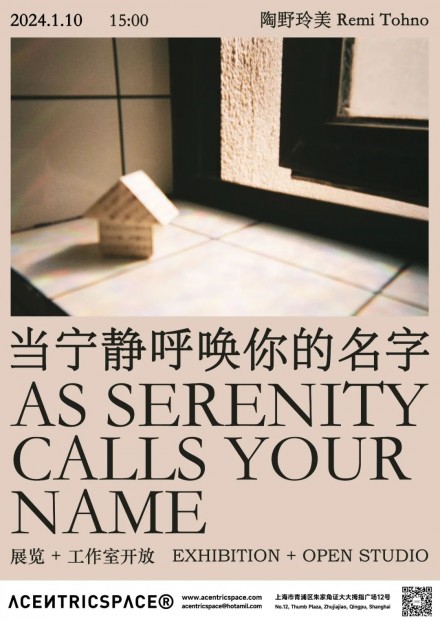
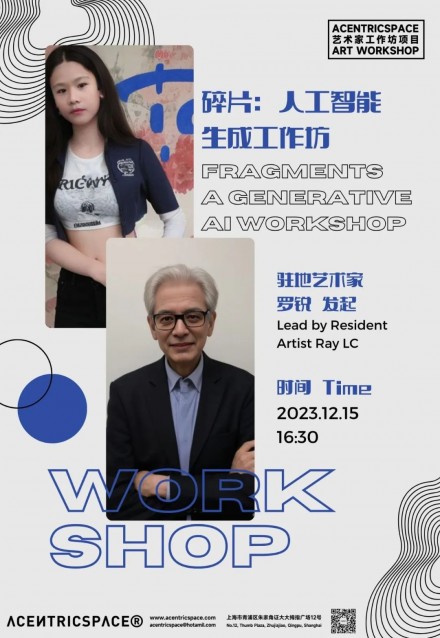
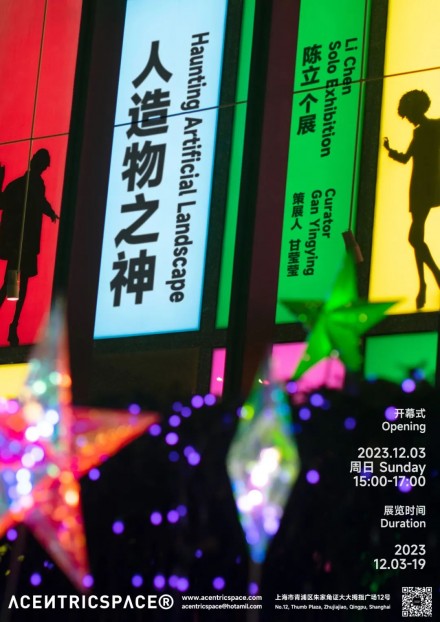
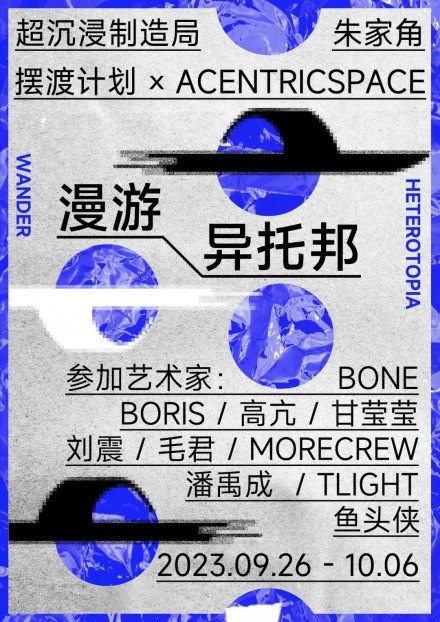
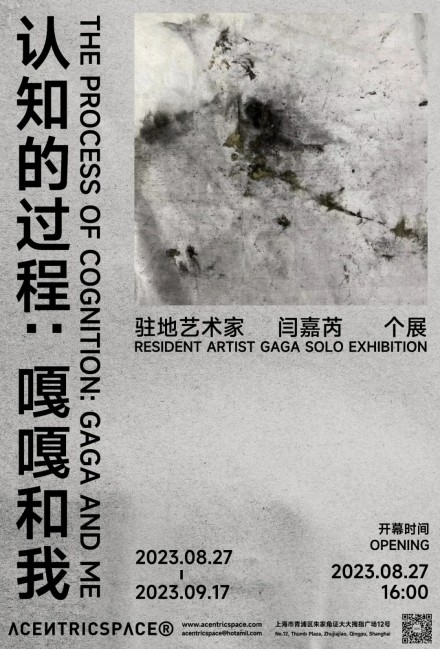
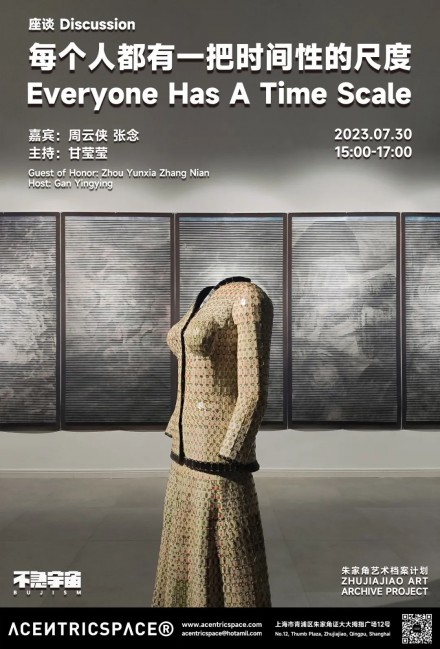
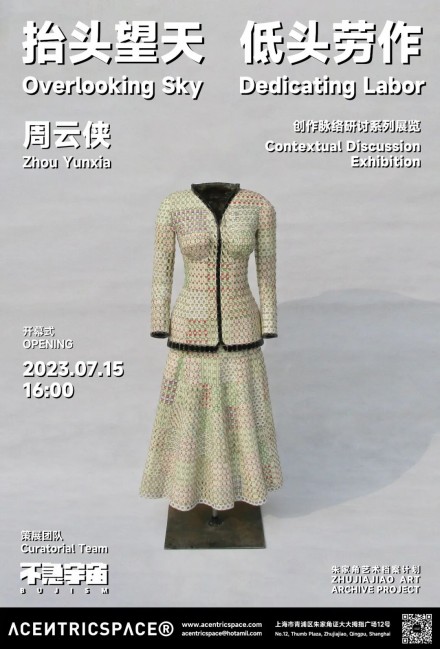
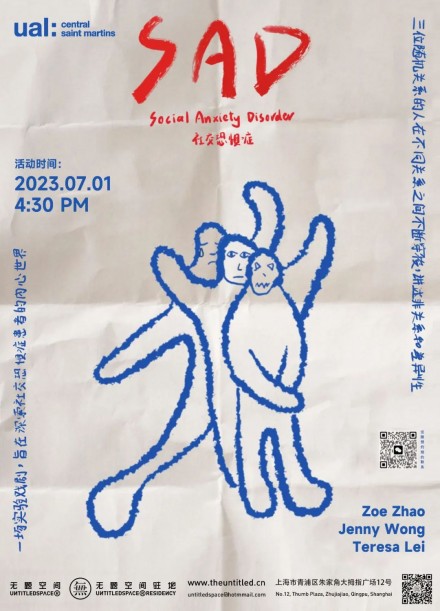
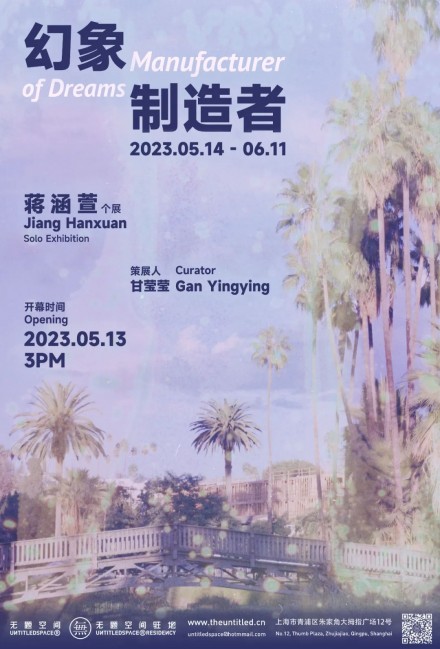
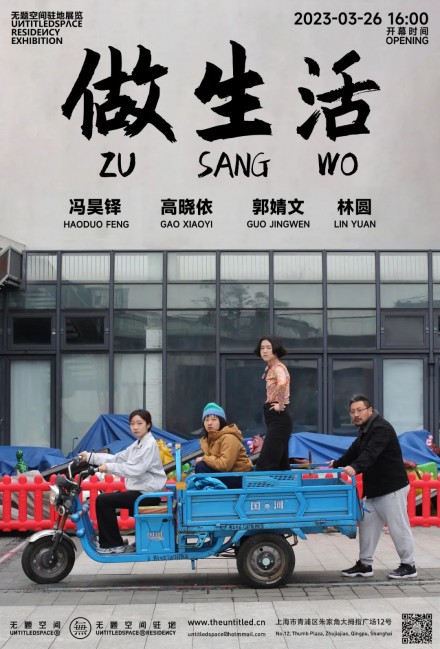
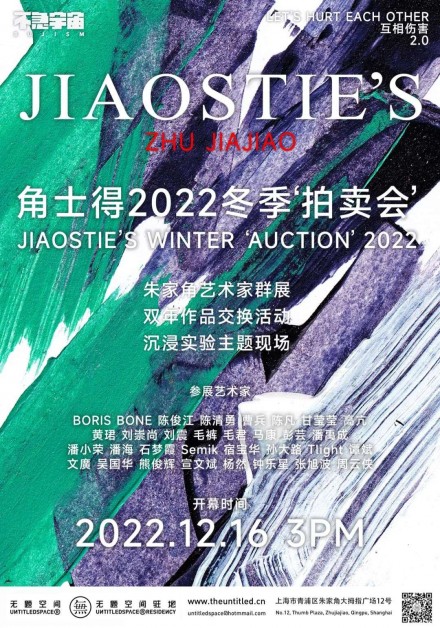
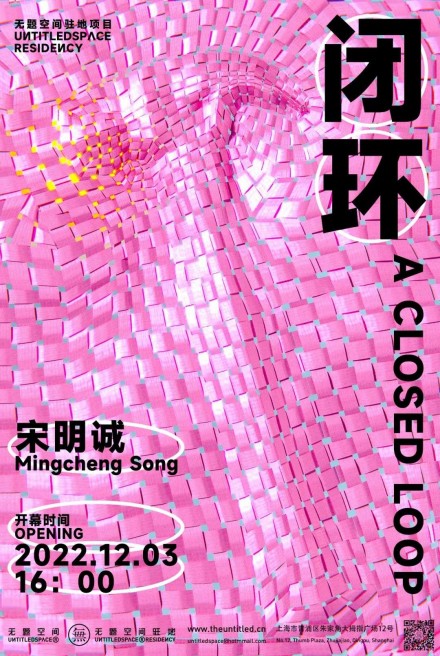
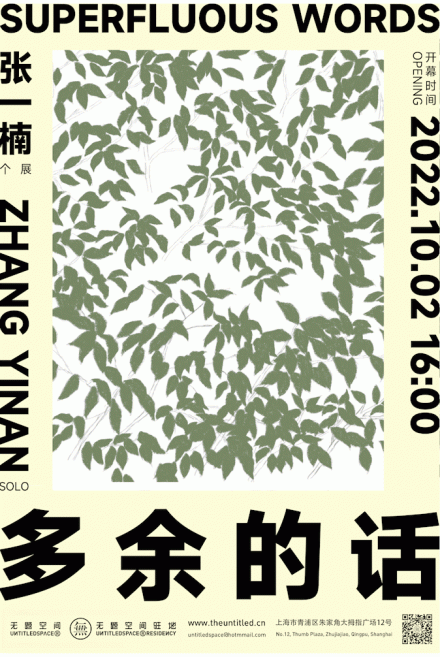
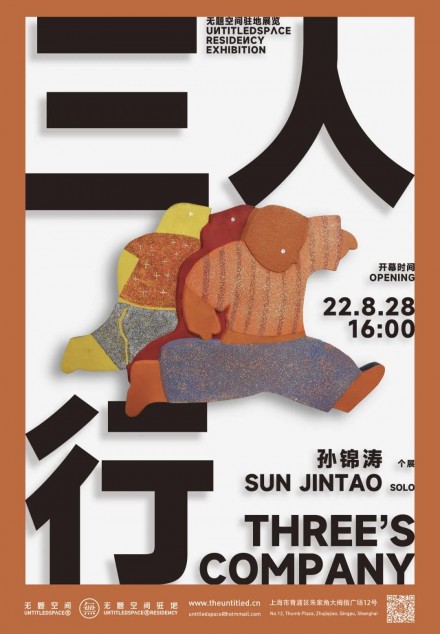
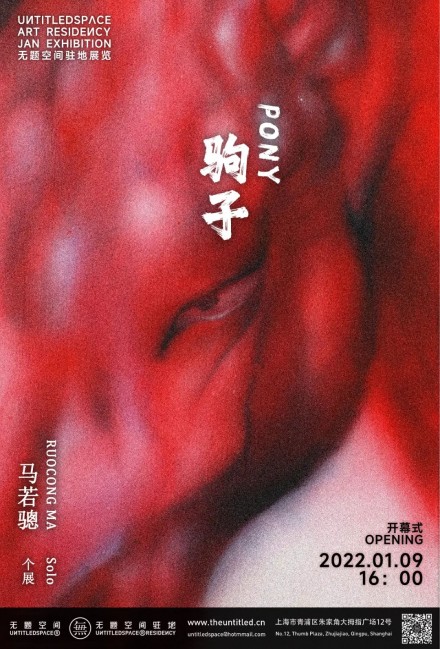
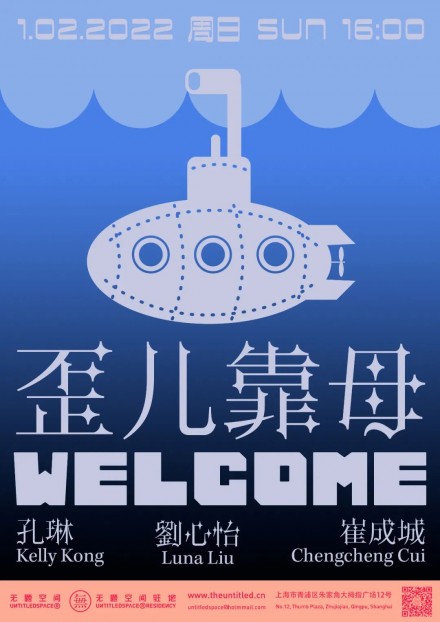
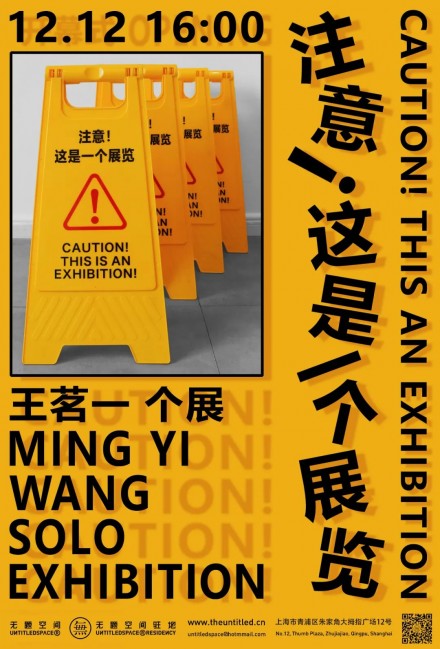
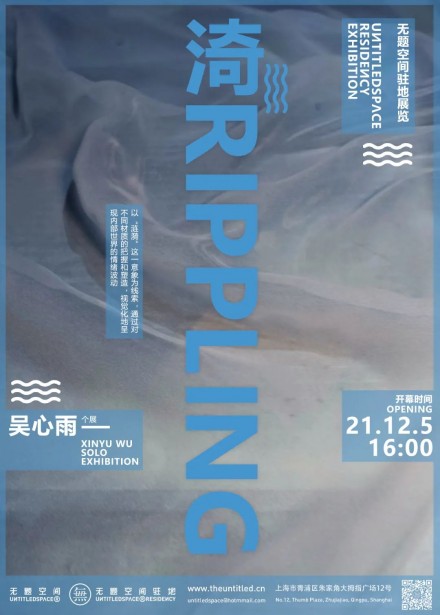
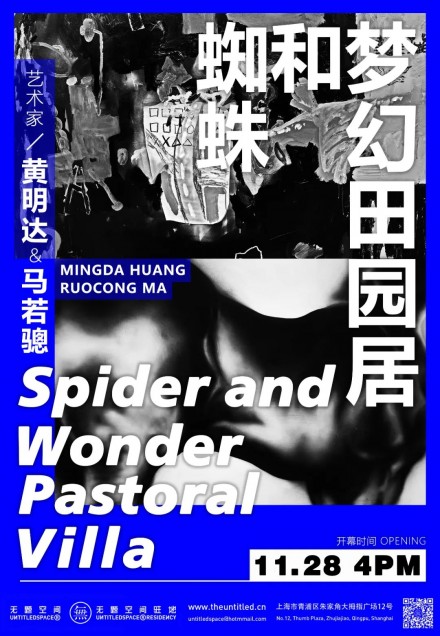
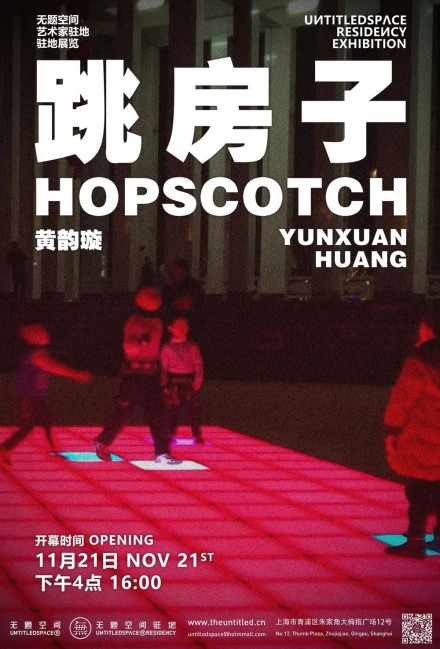
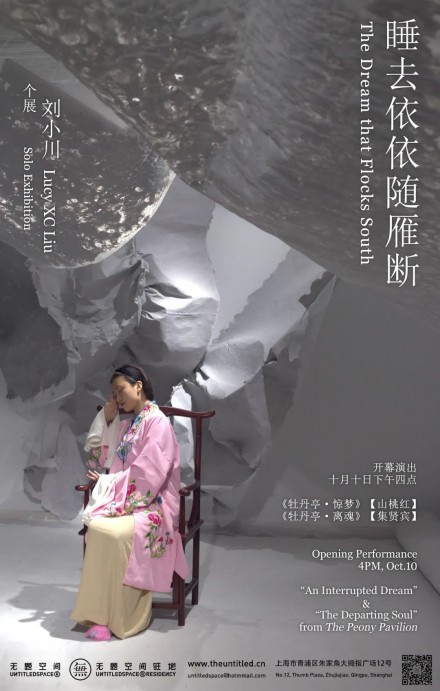
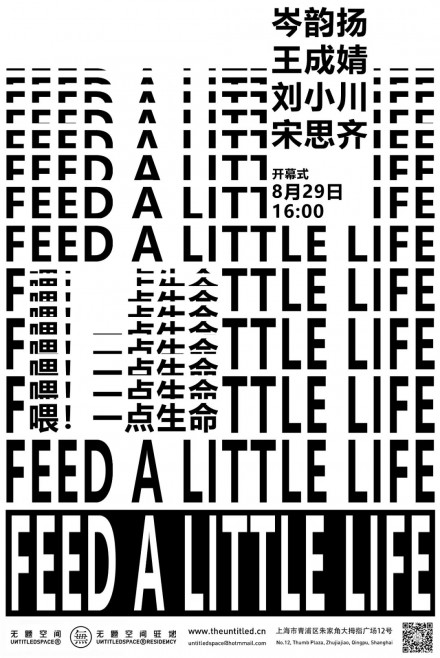
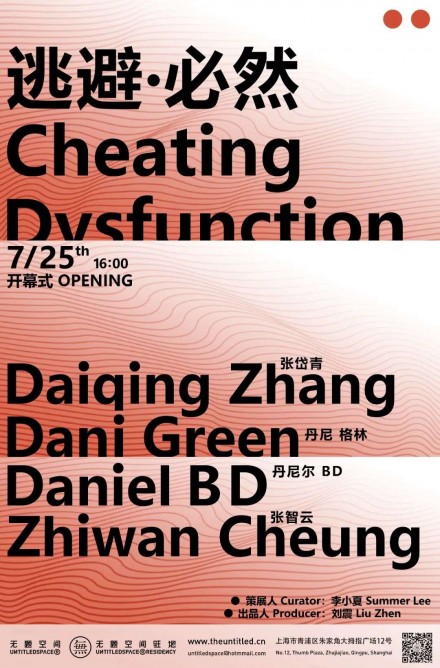
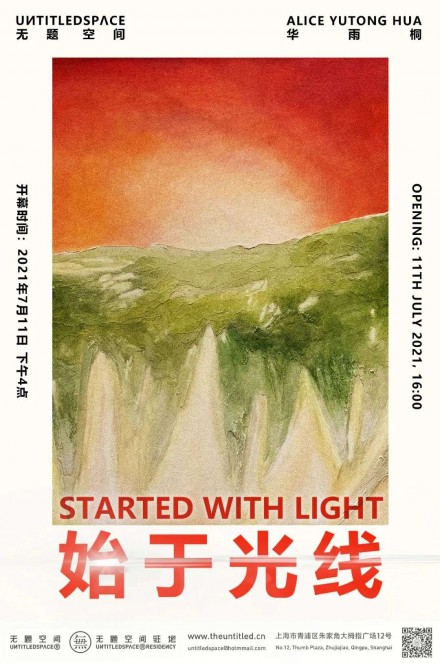
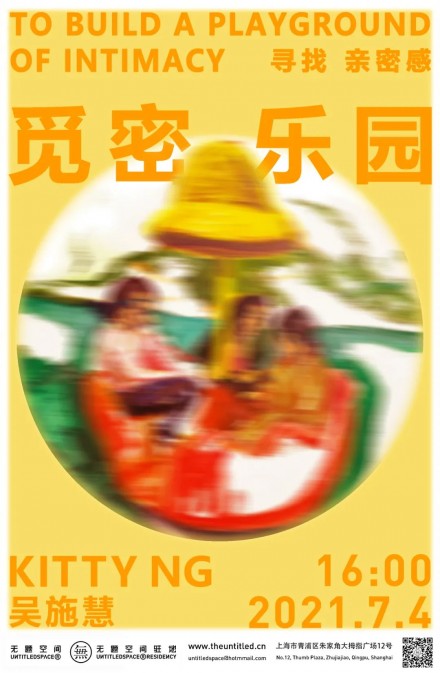
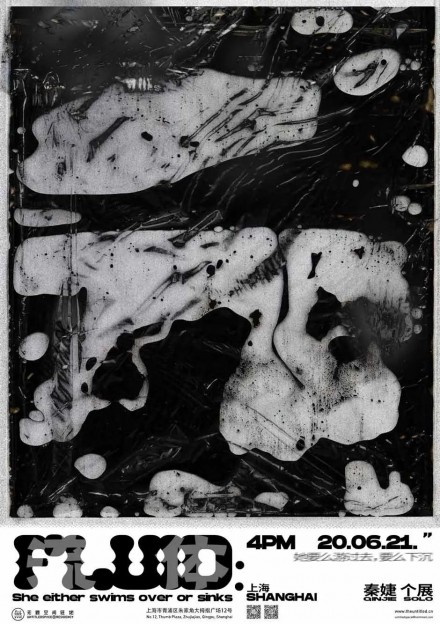
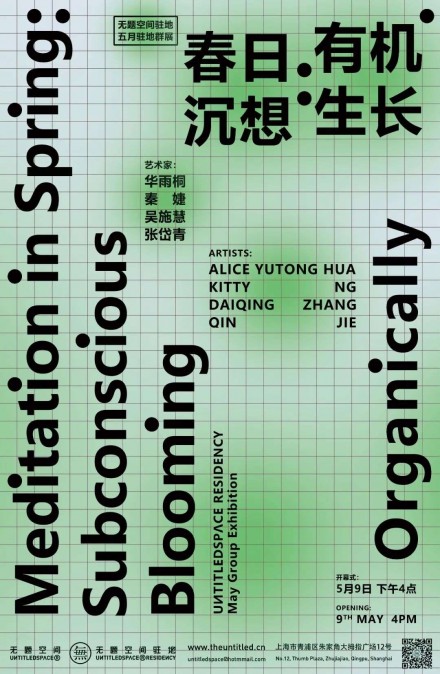

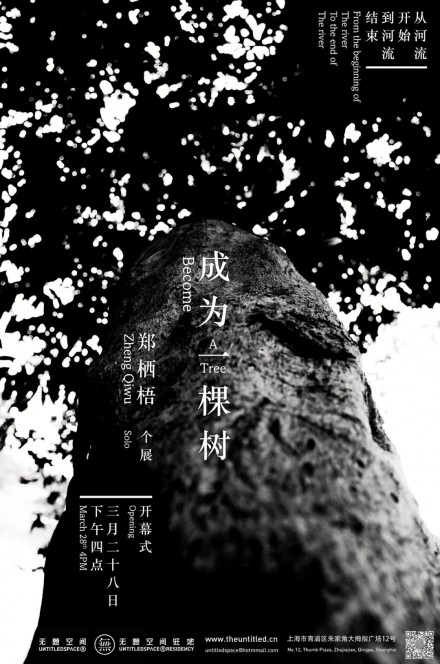
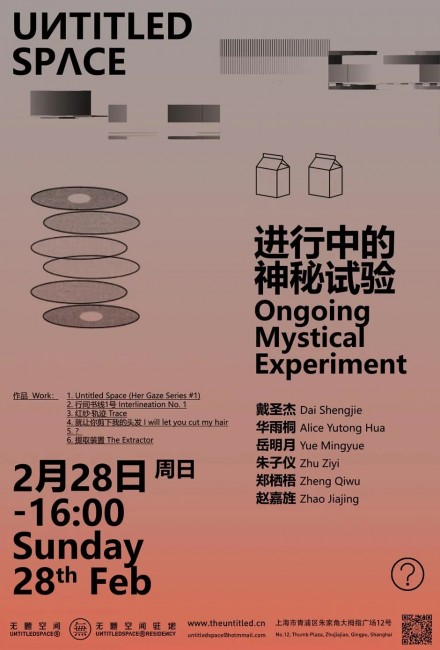
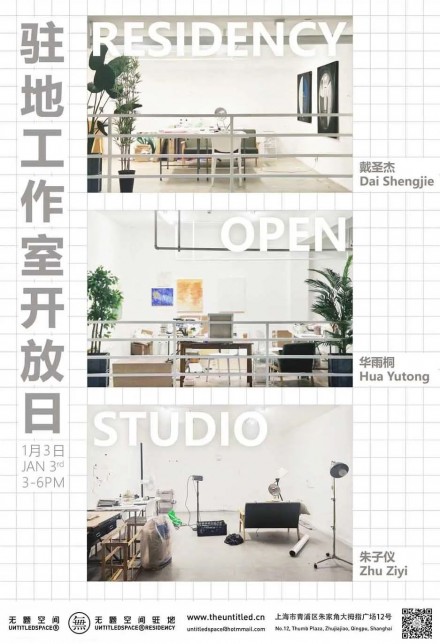
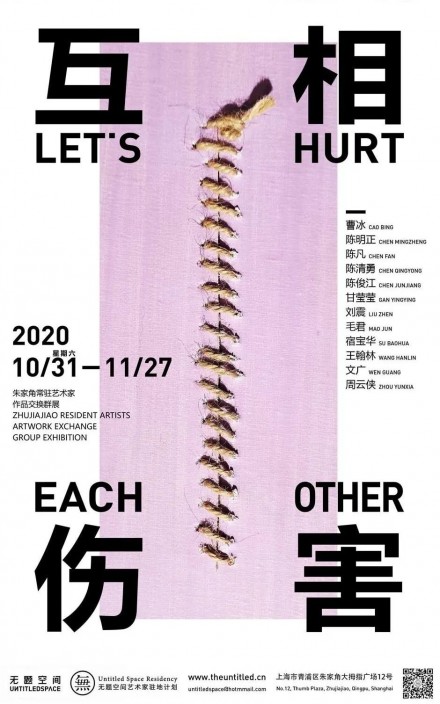
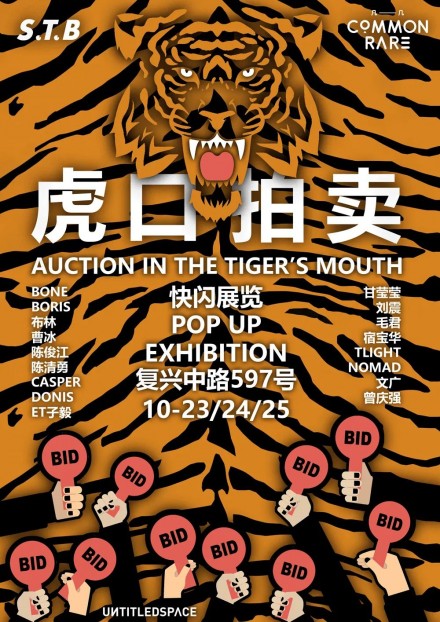
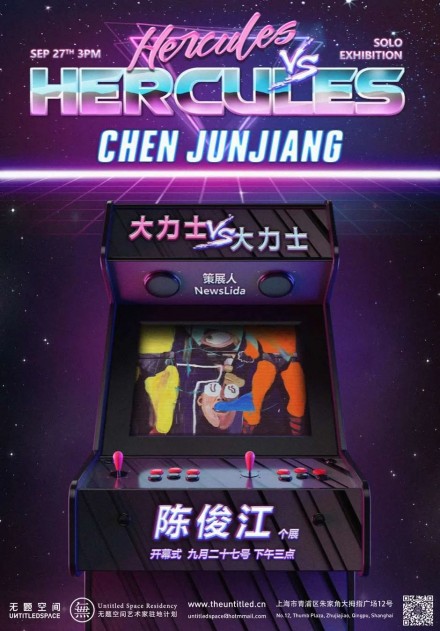
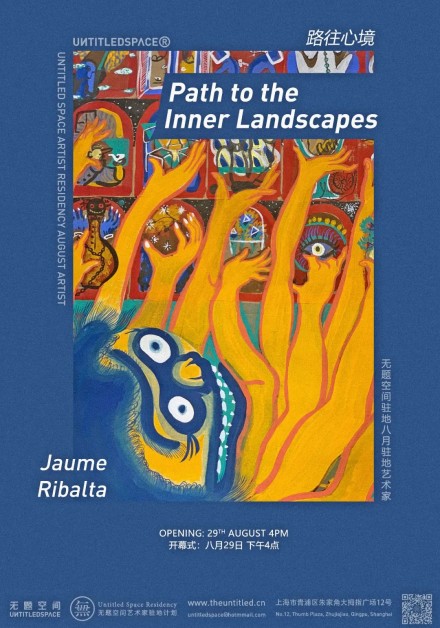
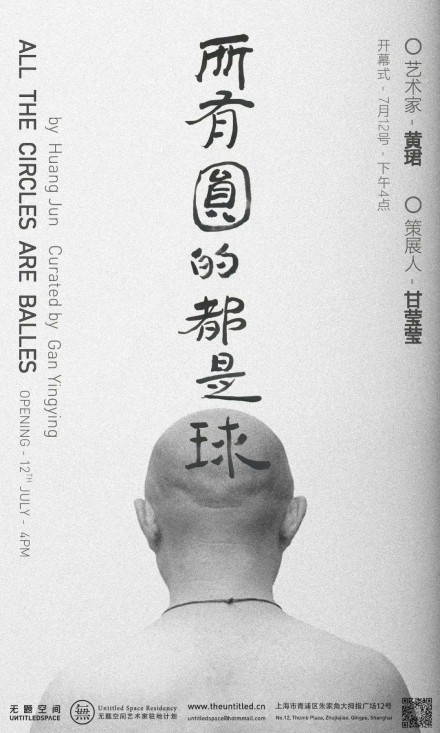
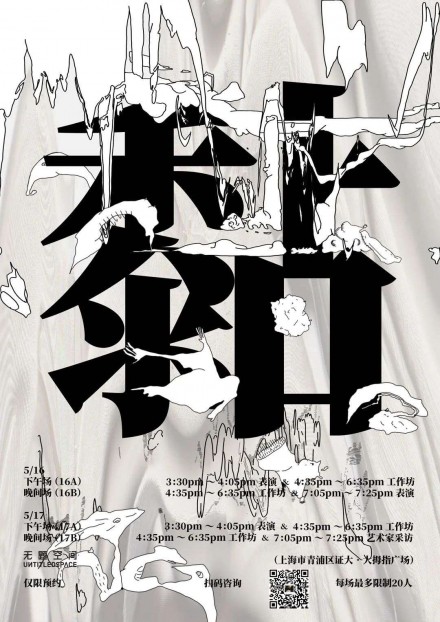
![[超]灾变论 [Hyper-]Catastrophe Theory 舜 Shun](http://www.acentricspace.com/wp-content/uploads/2024/04/wxsync-2024-04-17e42ddfe2087d093ffcdad3f414da34-440x625.jpeg)
